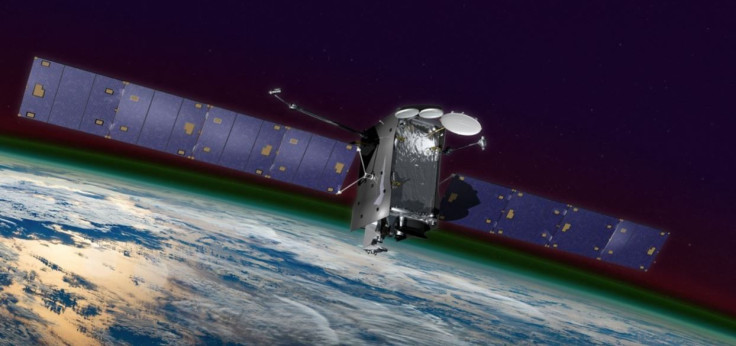Watch Live: NASA To Launch GOLD Mission To Study Ionosphere

NASA is set to launch a project Thursday night that will help researchers study the part of space that meets Earth’s upper atmosphere. The Global-scale Observations of the Limb and Disk instrument, called GOLD for short, is scheduled to go to space on the SES-14 communications satellite from the Guiana Space Center in Kourou, French Guiana, according to NASA.
The outermost layer of the planet’s atmosphere is called the ionosphere and it helps protect the Earth and everything on it from the energy coming from the sun, including the radiation. It’s also the part of the atmosphere where GPS and communications signals travel, according to NASA. The goal of the instrument is to help researchers better understand how the conditions out in space and the conditions in Earth’s atmosphere, or weather, change the ionosphere.
The ionosphere gets its name from the ions it holds that can cause the region to expand when those particles get excited from the energy from the sun, according to NASA. The layer takes up the space between 30 miles above the Earth’s surface to 600 miles above the Earth’s surface, also overlapping with the mesosphere and the thermosphere. Different levels of the ionosphere absorb different levels of radiation, which is what causes the auroras people on Earth’s surface sometimes see.
The instrument will be in geostationary orbit over the Western Hemisphere of Earth where it will make observations about the temperature and composition the ionosphere if the launch goes according to plan. More specifically researchers are looking to better understand unpredictable bubbles that form over the equator and tropics, said NASA. Those bubbles can cause communication issues for the technology that rely on the ionosphere.
Live coverage of the launch begins at 5 p.m. ET on NASA's website and YouTube channel and should last for about an hour through the launch.
Watch the NASA Gold instrument launch to space here:
© Copyright IBTimes 2024. All rights reserved.





















